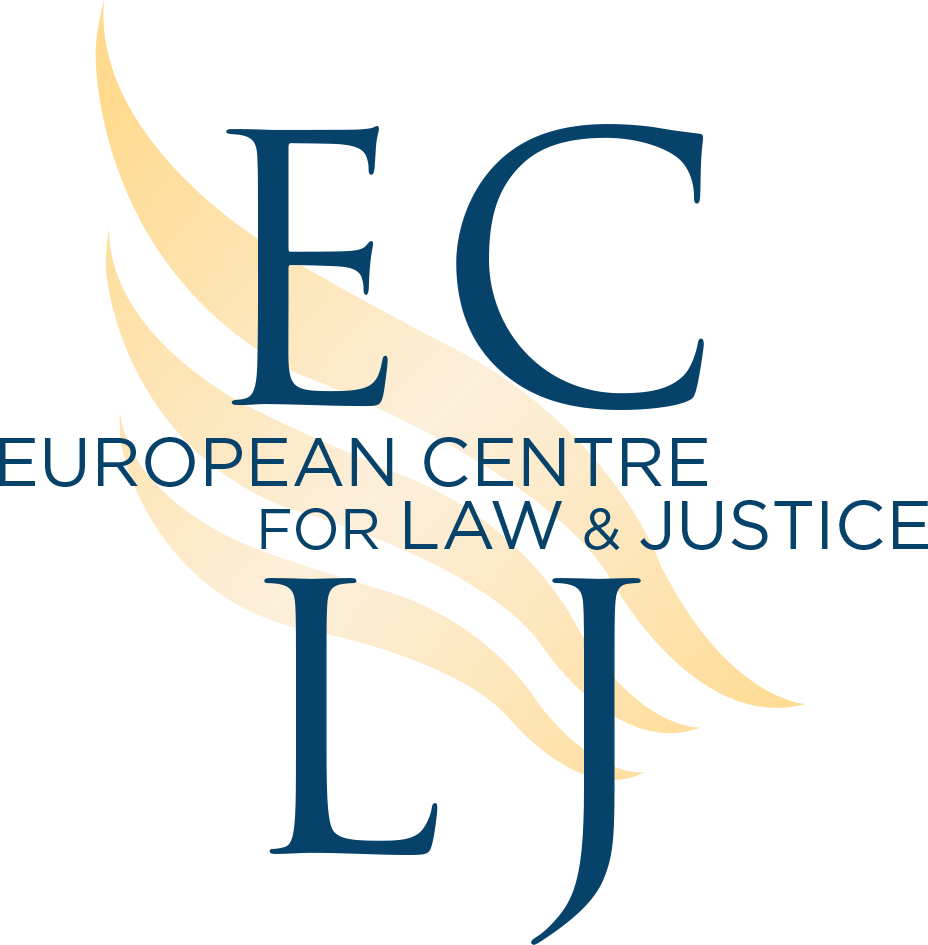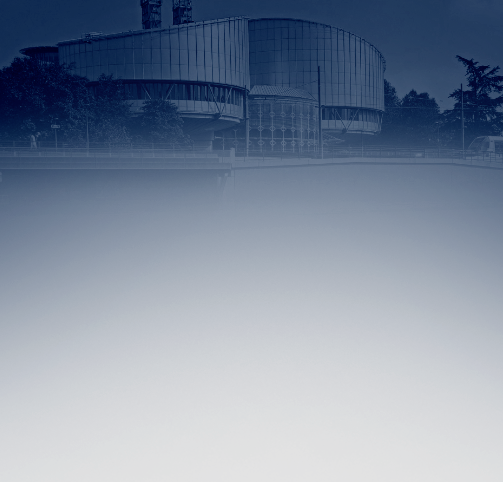

Blocking websites, Rapes in Mazan: the Trials of Pornography
Blocking websites, Rapes in Mazan: the Trials of Pornography
Four pornographic websites have just been blocked in France by Internet Service Providers (ISPs), following a court ruling last month. In the midst of the Mazan rape trial, this coincidence of timing brings pornography and its consequences to the forefront and serves as a reminder of the urgent need to protect society from this poison.
On 17 October 2024, the Paris Court of Appeal, hearing a case brought by two child protection associations, ordered Internet service providers to block four pornographic websites published by companies based outside the European Union, on the grounds that they infringed article 227-24 of the French Criminal Code. Since 2020, this article has required access to websites of this type to be conditional on verification of the user’s age, other than a simple declaration of majority. Since Friday 15 November, these four websites have been blocked in France.
A drop in the ocean of illegal websites
As the latest episode in a series of rulings involving national and European courts, this decision is to be welcomed, but also put into perspective. On the one hand, the Court of Appeal gave precedence to the interests of the child, ruling that “giving priority to protecting the privacy of adult consumers, by ruling out age control, is incompatible with the right of minors to be protected from unlimited, anonymous and free access to content that is inappropriate for their age, likely to jeopardise their intimate development, contribute to addictive phenomena and promote the dissemination of an inaccurate and degraded image of sexuality”. It is fortunate that the Court has recognised the devastating consequences of exposing young people to pornography, which justifies blocking these four websites until they are brought into line with French law. Blocking illegal porn websites is therefore possible, and the proof is in the pudding. And while some would argue that such blocking is pointless because it can be circumvented, it does make it possible to prevent unintentional access to pornography, which is akin to psychological rape, particularly for the youngest viewers. However, this decision concerning four websites is only a drop in the ocean of illegal pornographic websites. In addition, while nine websites were implicated, the fate of the other five, which include some of the most visited, is pending a forthcoming decision by the Court of Justice of the European Union (CJEU).
Pornography: the innocence of children sacrificed on the altar of profit
The judges had to stay the proceedings in the face of the voluntary intervention by the editing companies of these five websites, which argued that they were based in EU Member States with legislation that is less protective of minors. In its controversial ruling of 9 November 2023 in Google Ireland, the CJEU ruled that the European Directive of 8 June 2000 on electronic commerce, which provides for the “country of origin principle”, prevents general and abstract measures in force in a Member State other than the one in which the service is established from being applied to the latter in the “field coordinated” by the Directive. The Court thus seemed to favour the free movement of digital services over the protection of children. Taking advantage of a European law, which is deficient in the area of online age verification, these five websites are invoking this principle to avoid French law, which provides greater protection for minors. Why do they do this? Because “kids” rhymes with “funds”: according to ARCOM, “On average, 12% of the audience on adult websites is made up of minors”. Pornography is thus revealing its true face: that of an industry ready to sacrifice the innocence, well-being and health of children on the altar of profit. This resistance can also be seen in Aylo’s challenge to Pornhub’s status as a “very large online platform” under the European Digital Services Act. This status implies enhanced obligations, particularly in terms of protecting minors online. The ball is now in the court of the CJEU: the case was referred to it by the French Conseil d’Etat on 6 March 2024. The CJEU will provide further clarification in the near future on the implementation of the 2000 European directive on electronic commerce in the context of the protection of minors by pornographic websites, and will determine the fate of these five websites.
Pornography: women sacrificed on the altar of vice
Unfortunately, children are not the only ones sacrificed by the pornography industry. The now massive consumption of pornography has consequences for its consumers, but also for society in general, including the status of women. This is clearly illustrated by the current highly-publicized trial into the rapes in Mazan, in which the victim is a woman who was raped over a period of ten years by her husband and several dozen men he invited over, while she was unconscious because her husband had drugged her. “I have been sacrificed on the altar of vice”, she says. How can we fail to recognise in this case a symptom of the advanced pornification of society? The resemblance between these acts, which could easily be described as “horrific” and which were filmed by the husband, and the many sordid pornographic films that abound on the web is far from coincidental. What is more, the dozens of men who willingly followed one another into this woman’s bed at her husband’s suggestion do not seem to have a typical profile, but there is evidence that some of the defendants have consumed pornography. This is reminiscent of the French Bukkake case, where dozens of women were victims of gang rape: men were invited to meet in the same place to perform violent acts on a woman in front of the camera.
How can such behaviour be explained, if not by the trivialisation of pornography and its violence? Indeed, numerous studies have shown that pornography consumption, which for the most part equates sexuality with brutality, encourages sexual violence: one such study[1], which examined the scientific literature on the subject over the last twenty years, concluded that “Exposure to pornography has been linked to sexual coercion, as well as higher levels of rape-supportive beliefs, peer approval of forced sex (...). Men who watched mainstream pornography scored significantly higher on self-reported likelihood of raping (...). Pornography use is associated with greater acceptance of objectification of women”.
Freeing society from pornographic poison
Yes, “pornography, its violence and its barbaric scenes have consequences in real life”, as MP Aurore Bergé stated on X (formerly Twitter) on 12 September 2024. And they have even more in a society where “28,258 users are watching pornography every second, and 35 per cent of all Internet downloads are related to pornography”. This is according to Reem Alsalem, UN Special Rapporteur on violence against women and girls, who recommends the abolition of prostitution and pornography in a report published in May 2024. She also cites a study according to which “Pornhub [is] the technology company with the third-greatest impact on society in the twenty-first century”.
These two cases are proof that it is urgent but possible to tackle the problem of sexual violence at one of its roots: unlimited, anonymous and free access to pornography, which has turned it into a veritable consumer product, sometimes even a drug. Freeing society from this poison starts with protecting the young: it is no coincidence that, in reaction to the Mazan rape case, some fifty organisations formed a Coalition for a Comprehensive Law Against Sexual Violence to promote one hundred and thirty measures, including making it effective to “ban access by minors to pornographic content” as part of the fight “against the pornocriminal and paedocriminal industries and against online rape culture”. Faced with the irrefutable consequences of pornography in the lives of millions of women, men and children, it is time for European and national politicians to tackle head-on the public health problem that pornography consumption has become. How many Mazan trials can we expect in the future, when children are being exposed to pornography on an ever-increasing scale?
______
[1] Mestre-Bach, G., Villena-Moya, A., & Chiclana-Actis, C. (2024). Pornography Use and Violence: A Systematic Review of the Last 20 Years. Trauma, Violence, & Abuse, 25(2), 1088-1112.











